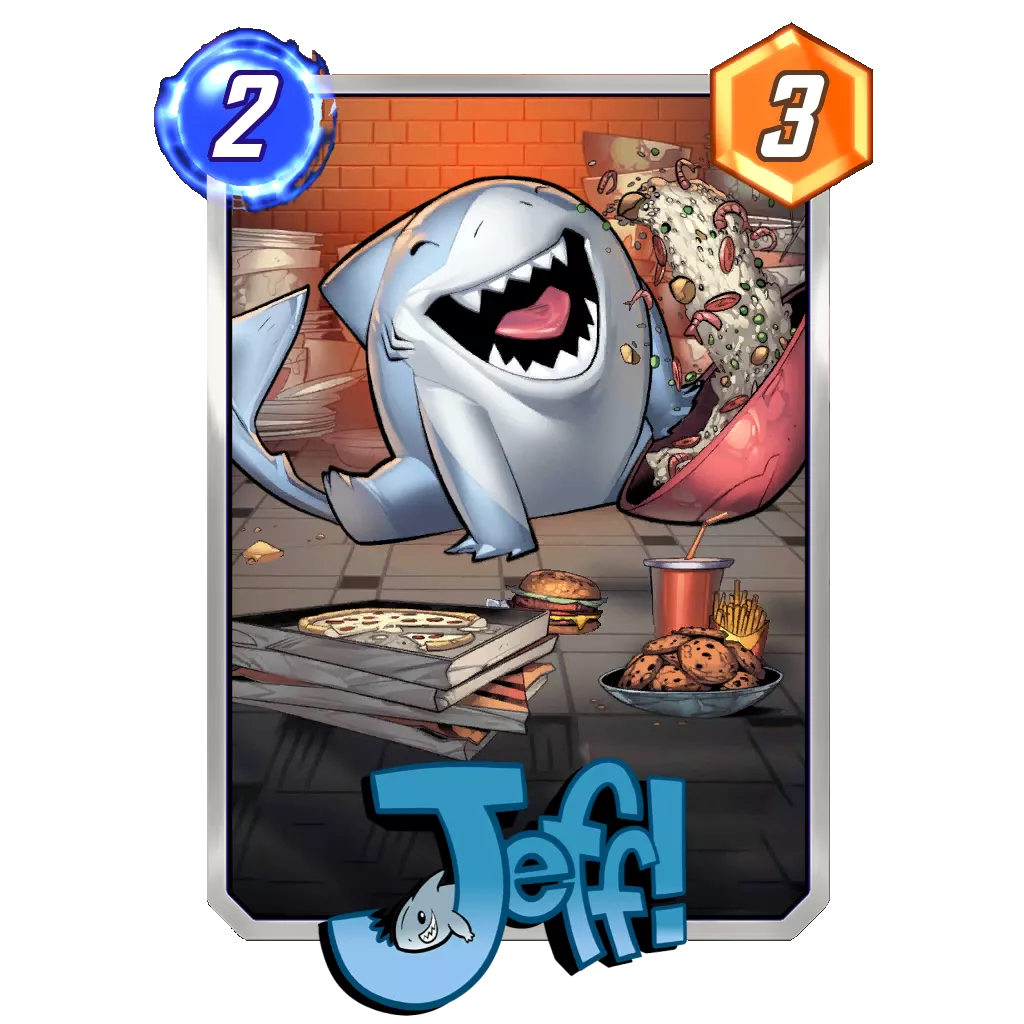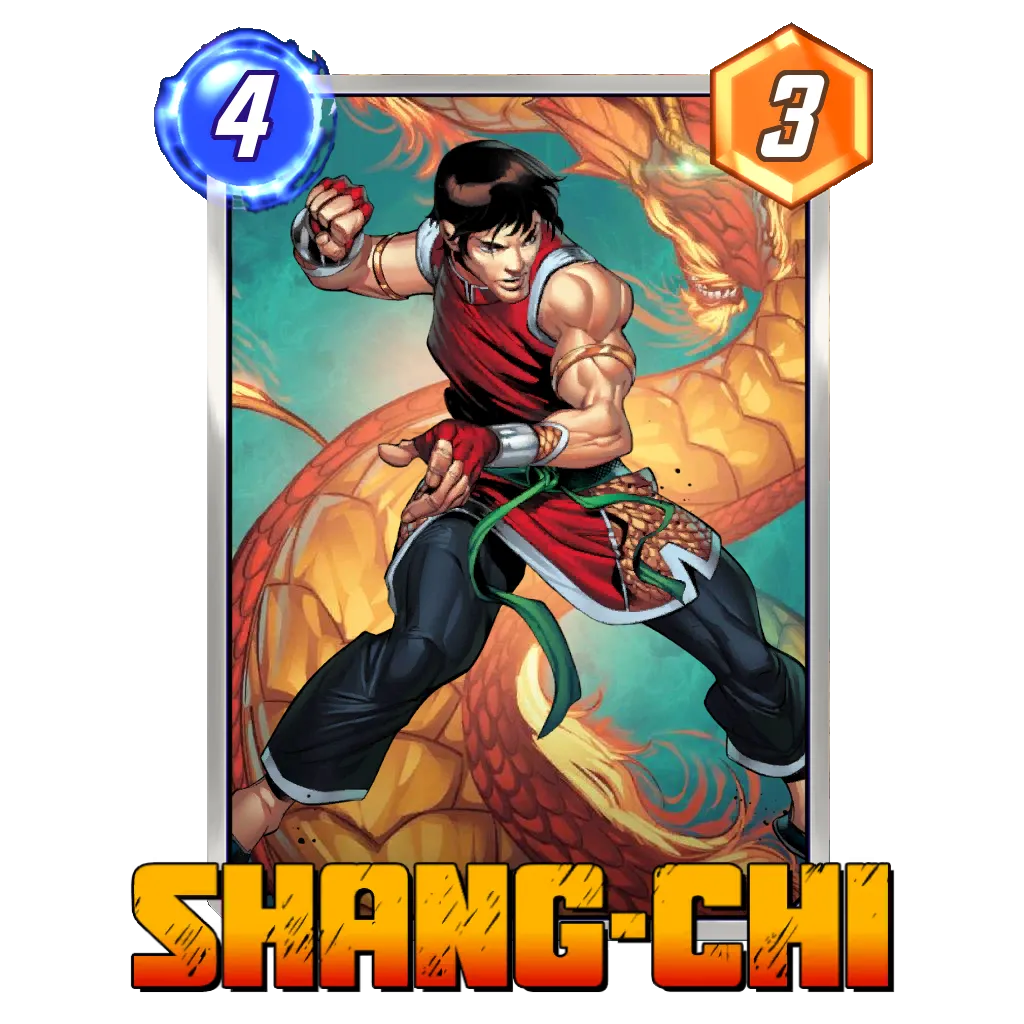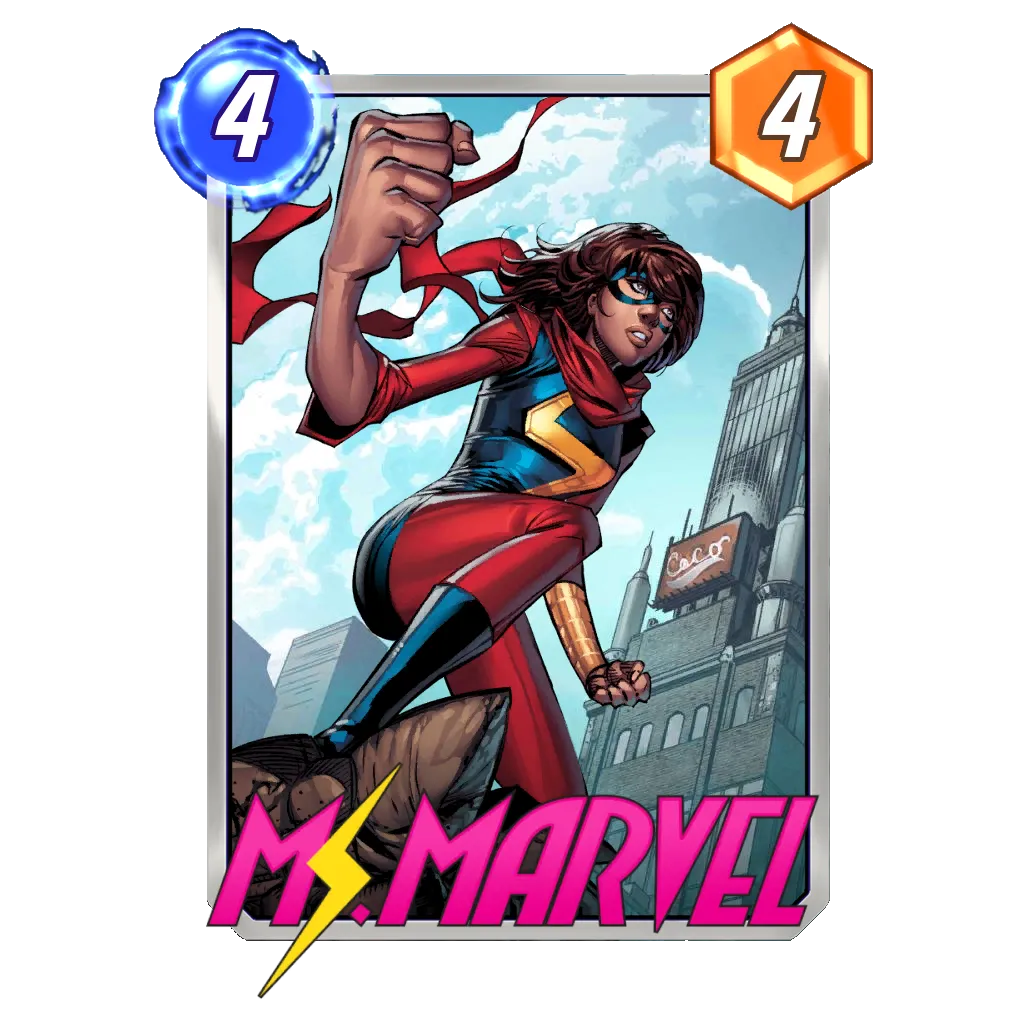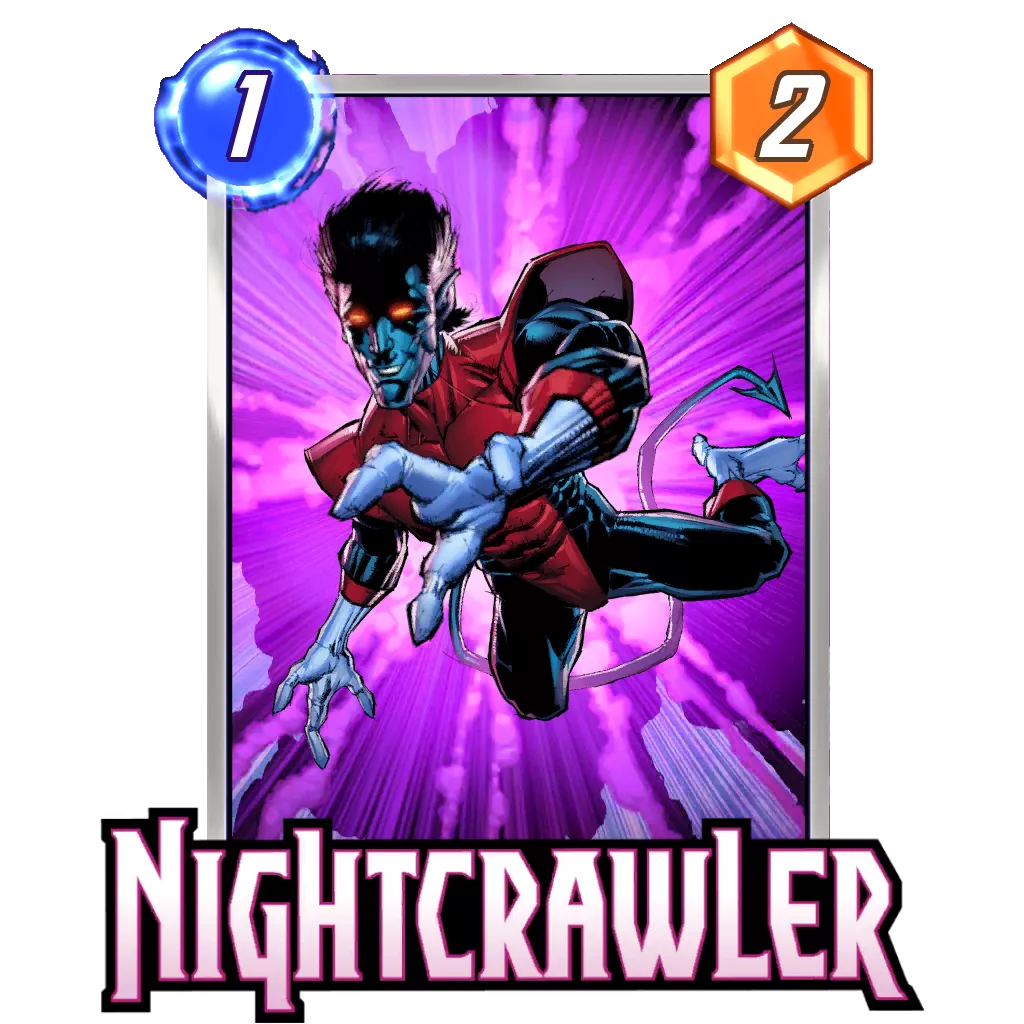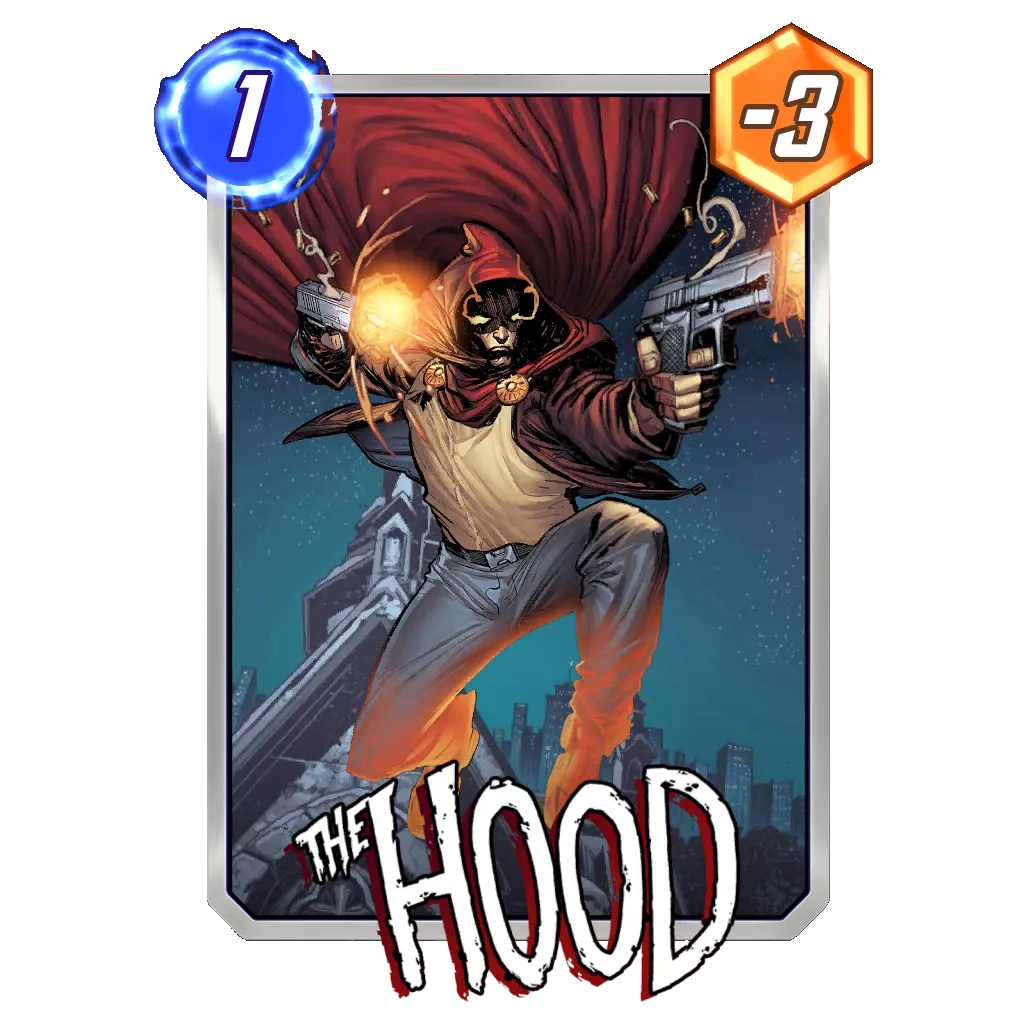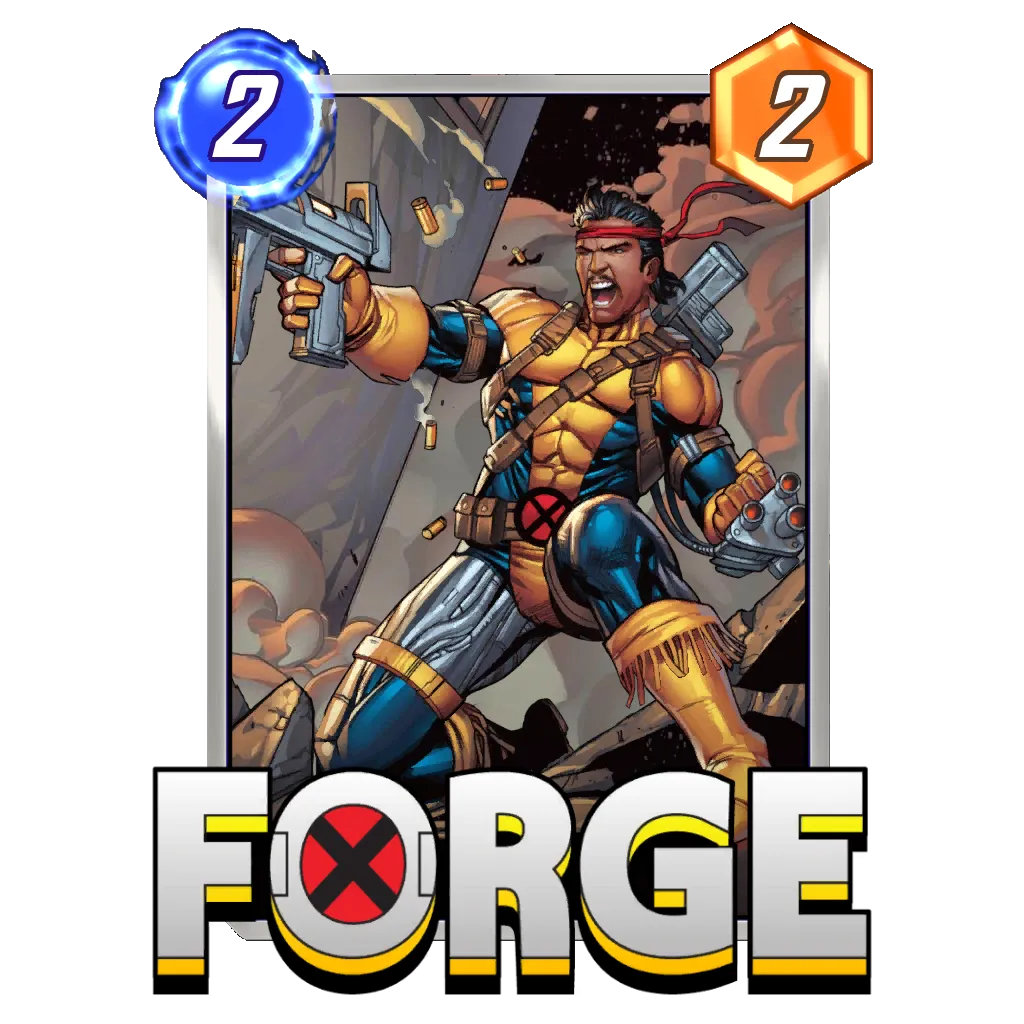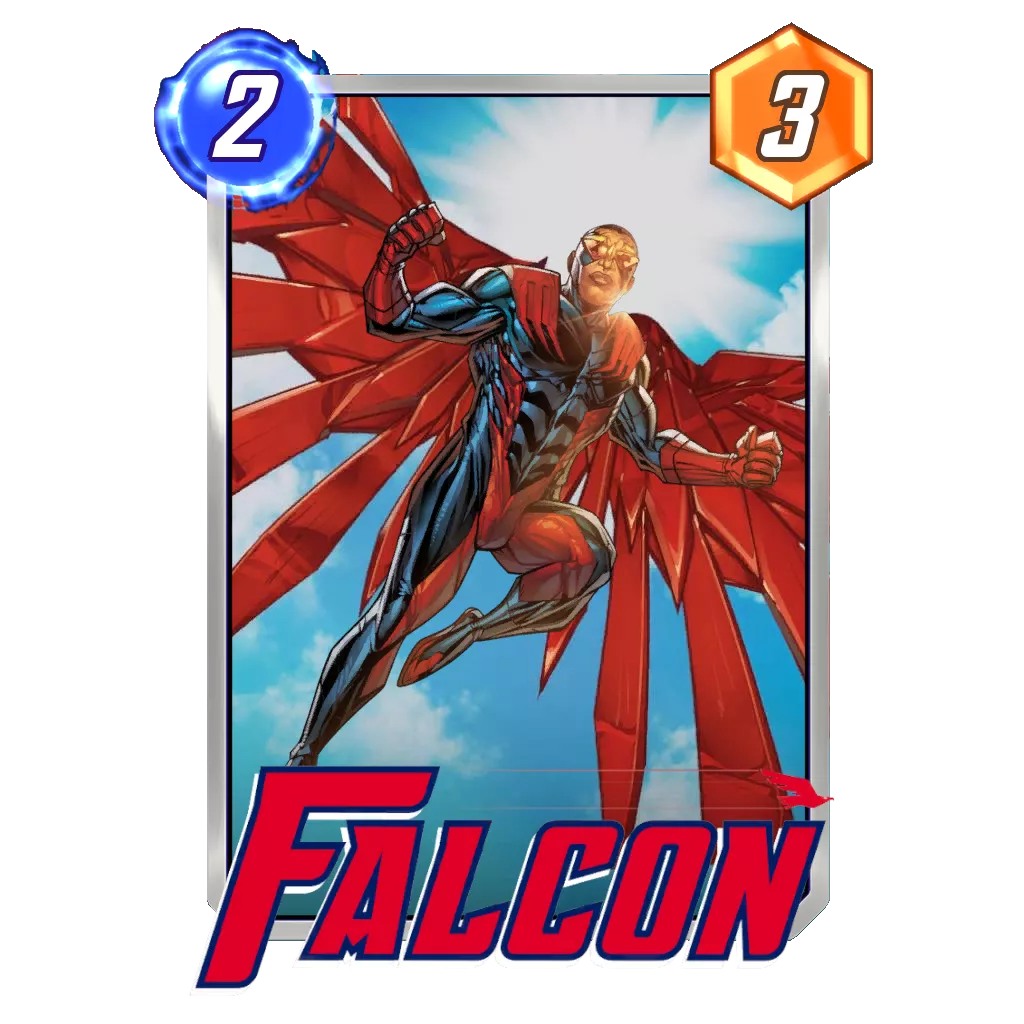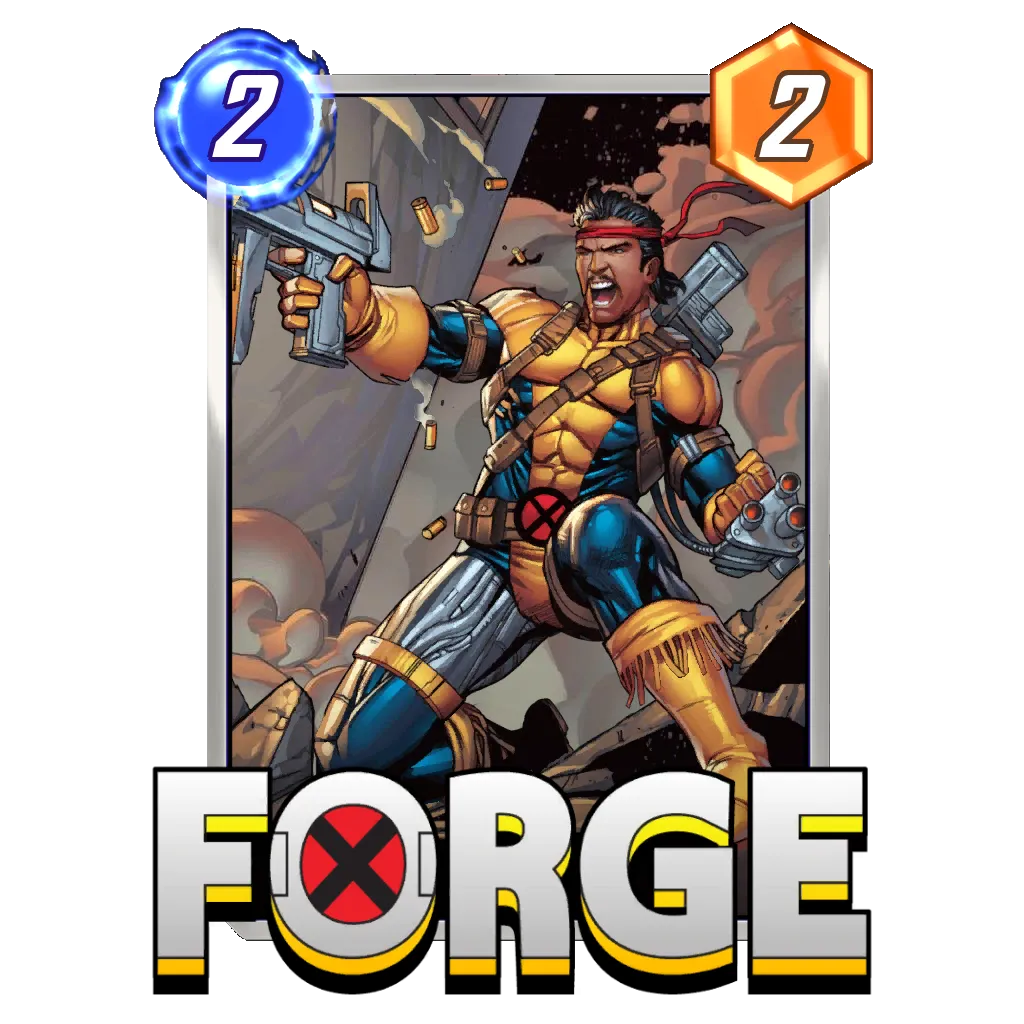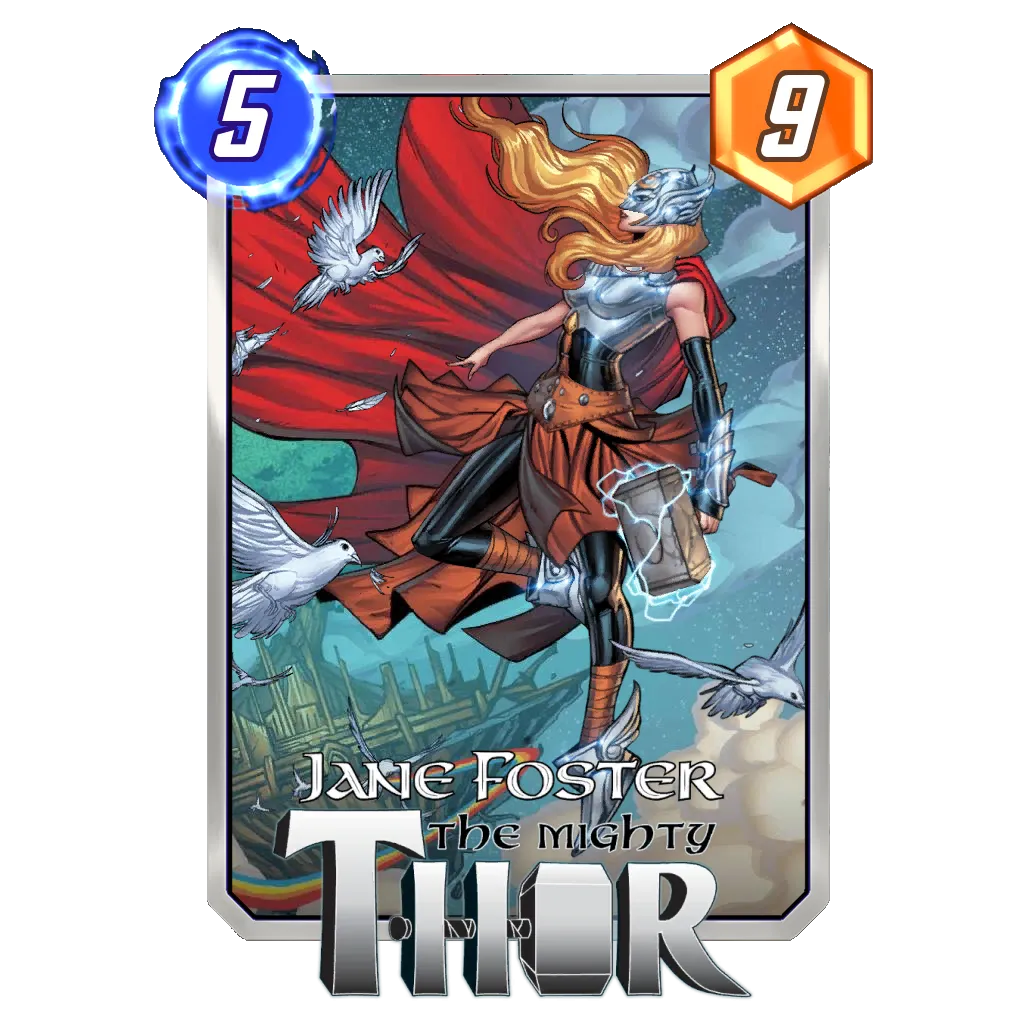Table of Contents
Disrupting the opponent’s game plan is one of the hardest parts of many card games because, in addition to learning your own build and its intricacies, you will often need to know your opponent’s build as well in order to break their most anticipated play patterns.
When done correctly, Junk quickly becomes infuriating to go against; it suffocates the opponent by taking away their board space. However, Junk is also a deck that often lacks enough points to compete and therefore relies on counter cards to turn a lane around. Also, there is the Destroy problem that the archetype never really managed to solve (apart from seizing priority and trying to land Alioth).
Overall, Junk is a very good deck in experienced hands, and a below average disruptive synergy if you don’t know how to annoy your opponent. The most recent iterations that focus on more points and a Zabu package are much easier to play. This has elevated Junk to be a solid deck in Marvel Snap led by Annihilus, a 5-Cost superstar.
In this guide, I’ll do my best to help you grasp some of Junk’s intricacies, particularly the balance of disrupting the opponent and going for your own agenda. Ready to become a master at disruption?
Deck Presentation
Deck Concept and Strategy
At its core, Junk aims to limit what the opponent can do by eating up the space they have available. Debrii on Turn 3 followed by Annihilus represent your key cards that support this strategy. Ideally, the deck will be looking to take at least one lane away from the opponent when playing Annihilus. This will make it easier to figure out if you can win that location since the opponent will have a very limited impact on it later on, and it also makes Alioth much more reliable on Turn 6.
Junk started as an archetype that aimed to cancel the opposing game plan more than anything else, but recently there has been a need for more points. Indeed, with new cards constantly introduced in the game, the average amount of points a deck can develop has grown. Plus, disruptive cards such as Shang-Chi, Echo, and Alioth have become increasingly important to further stop what the opponent does. Junk has been relying on Zabu to be able to keep up with developing its synergies fast enough while remaining flexible going into the last turn of play.
There are multiple ways to build Junk that we will cover further down this guide. Nowadays, the important thing is to be aggressive with your disruption and pair it with other ways to answer or cancel what the opponent could do. Otherwise, decks in the current Marvel Snap are often too flexible or develop too much early on that you won’t be able to come back before the game is over.
Core Cards







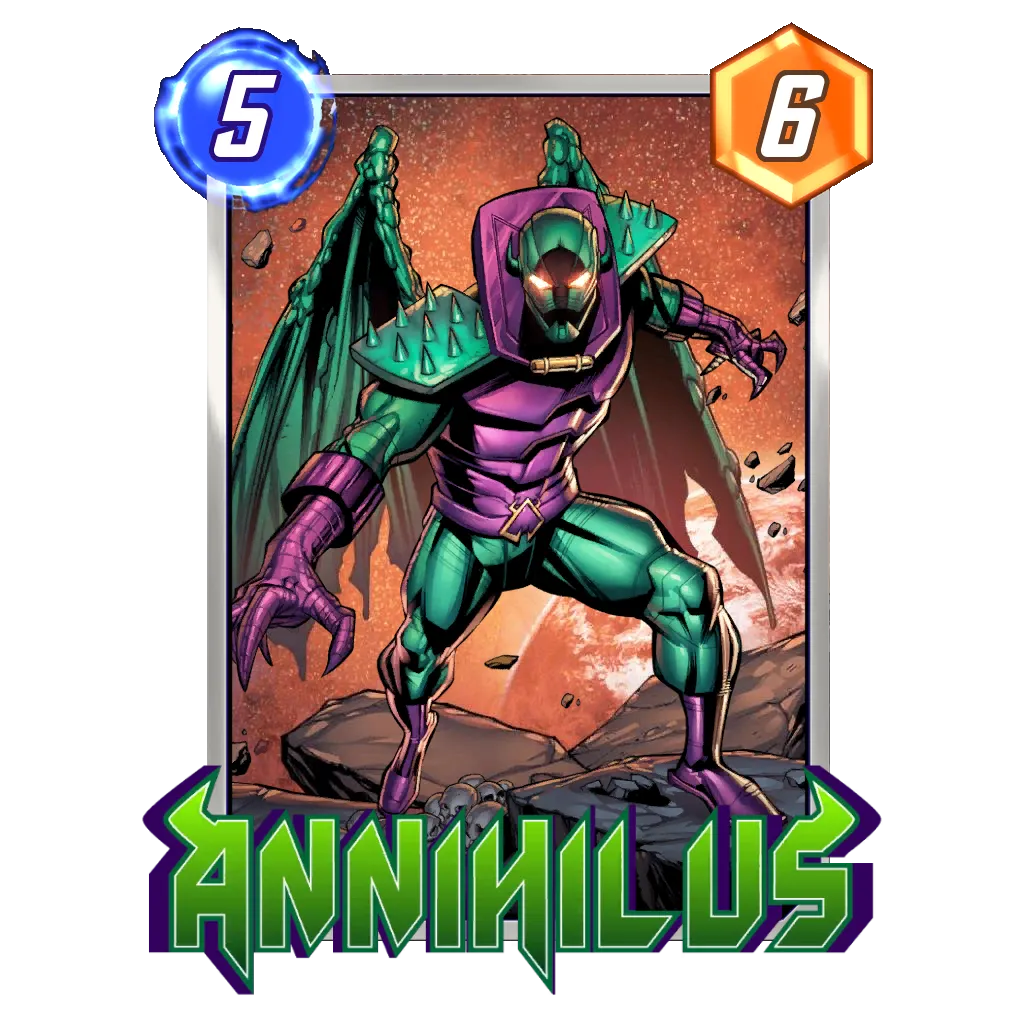





These three have been superb together, so much so that they are also slotted in other decks like Bounce. In addition, Sentry is a 4-Cost, which is the reason Zabu is in the deck (as well as the trio of Ms. Marvel, Iron Lad, and Shang-Chi).
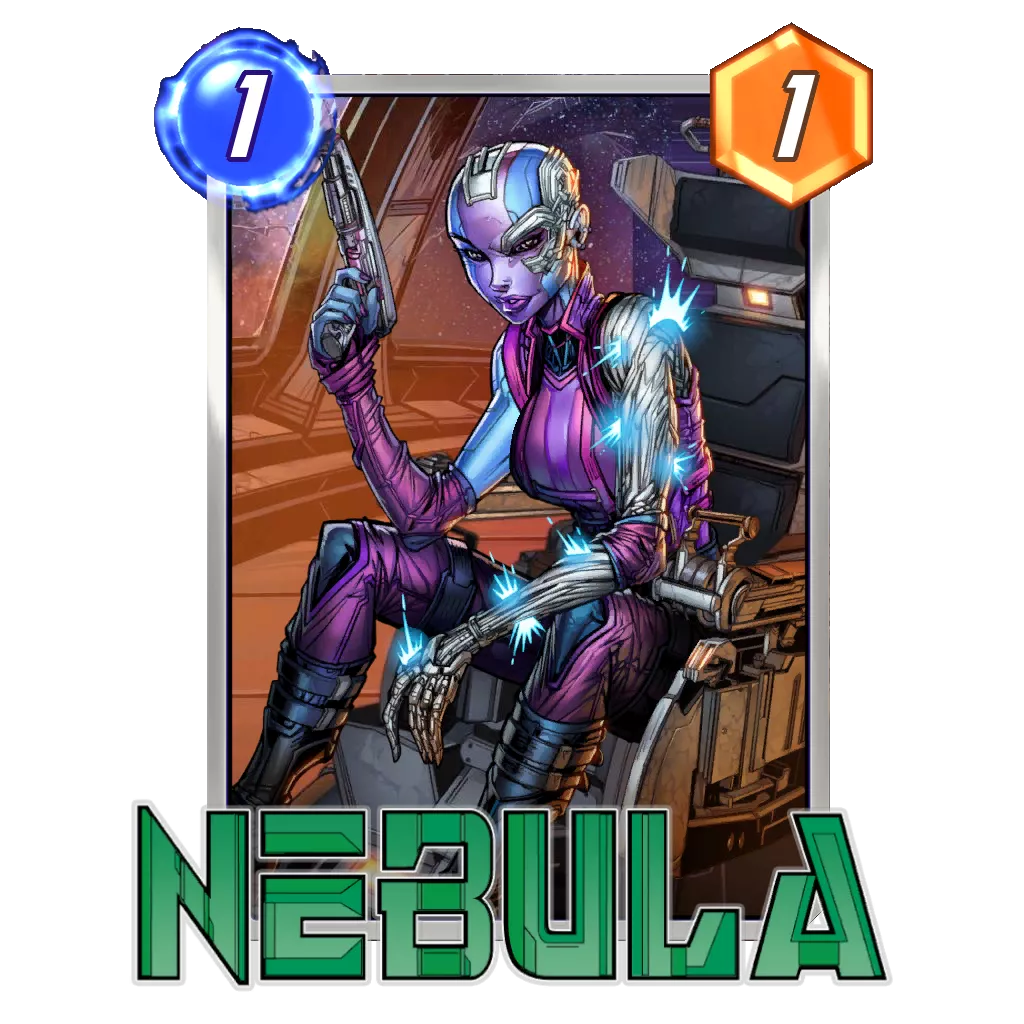















These two are just strong standalone cards that work really well in the Junk concept. Nebula pushes the opponent to play cards on a specific lane, which you can lock early on and allow Nebula to grow (or just have more opportunities to send cards on other lanes). As for Alioth, it can be difficult to seize priority on Turn 6 at times, but the card is simply a game winner whenever the situation is right for it – in addition to being a great target for Iron Lad.
That is about it for the Core Cards in the Junk archetype. This is why it is one of the most flexible archetypes in the game, especially under its current form of a Good Cards style deck. Echo and Shang-Chi are included because they are strong disruptive cards in the current meta. Jeff the Baby Land Shark is a great, flexible 2-Cost, and I already discussed how Zabu, Iron Lad and Ms. Marvel are a trio you want if your deck can afford it. Debrii is a very good 3-Cost card in the deck – especially since Annihilus joined the mix – but it isn’t mandatory. You will typically see the card when Thanos, Loki, or other such archetypes with a tendency to quickly fill the board are popular because Debrii can punish them pretty hard. There are also many more synergistic ways to build around the archetype below.
Cards Substitutions




























For the Good Cards build of Junk, you typically only want one 3-Cost card because Zabu will allow you to play a 4-Cost on Turn 3. Debrii makes the most sense in the current meta, but Polaris is another solid card to consider. You will get less (or a different kind of) disruption from it, but two more points isn’t a bad trade. I would say Black Widow is in that same discussion; it’s generally a fine 3-Cost that you just play when you have to. As for Green Goblin, the card is usually the second 3-Cost in a Junk deck when you aren’t running Zabu, but there are many stronger options to consider with Iron Lad in the deck.
Since Annihilus joined the game, Viper has lost a lot of its upsides and, as a result, doesn’t see play very often. Gladiator is decent with Shang-Chi in the deck while also helping with developing points when it wins the duel. It moves the deck toward an even more generic game plan, which can be good if you don’t really know how to build the deck based on your environment.
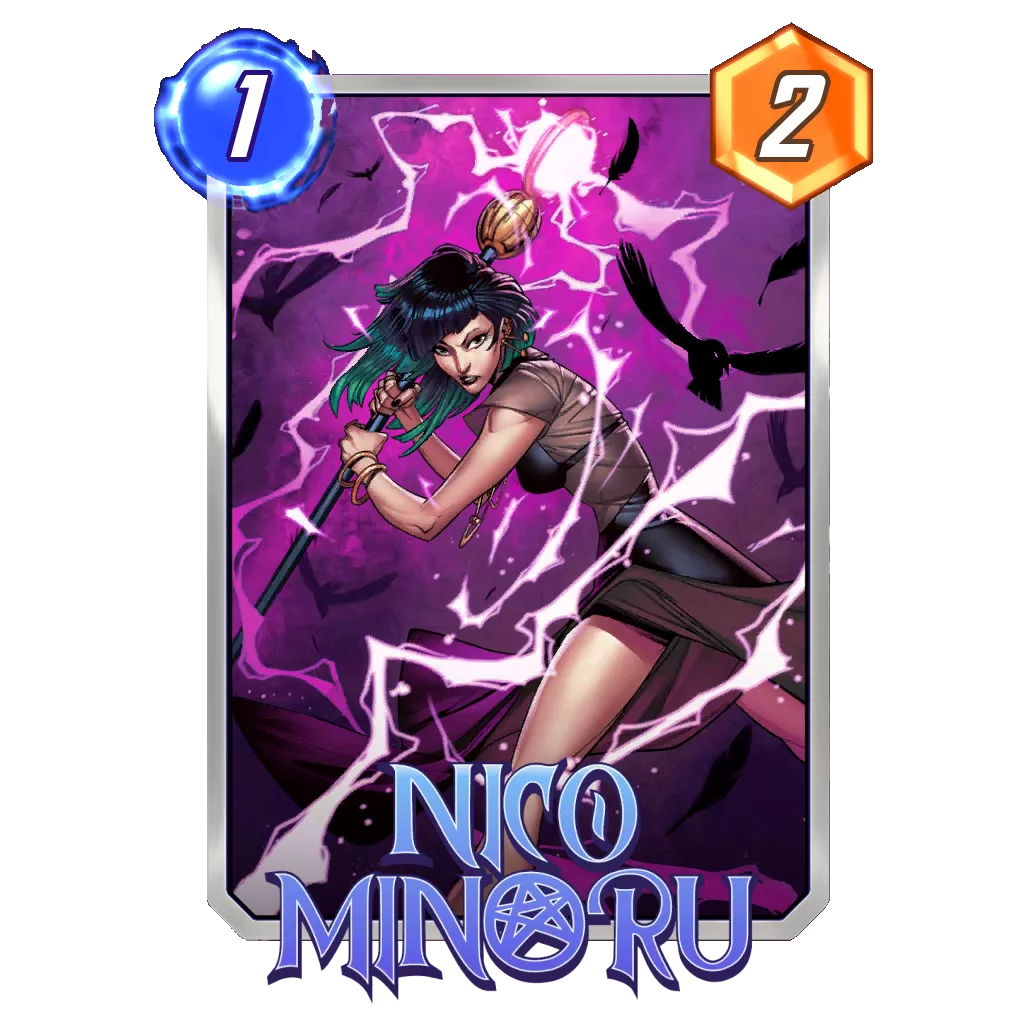




















While The Hood is impossible to remove from the deck, you could consider another option instead of Nebula or Echo. Nico Minoru serves as a strong, flexible card, and Spider-Ham helps with disrupting combo-oriented decks (which might not need much space to function).
Nightcrawler serves a similar purpose as Jeff by offering a cheap, flexible card that you can reposition if you need to. Titania is more of a disruption option that you would use to lock a lane before taking it back on the final turn. The Good Cards build doesn’t focus too much on that mechanic, though, so Titania would only fit in a more disruptive approach.
















Junk needs some disruption to rival the points potential of other archetypes. Currently, Echo and Shang-Chi are a great pair, but Shadow King and Enchantress are also very good cards to consider depending on your most popular opponents. Valkyrie is another, more expensive consideration that can serve as a back-up Annihilus on Turn 5. It allows your negative power cards to challenge for priority going into Turn 6. If you don’t feel the need for specific disruptive cards, you can always invest into more synergistic cards such as Viper and Polaris.























This is the other popular package to run in the Junk archetype if you cut Zabu, Echo, Ms. Marvel, Iron Lad, and Alioth/Shang-Chi. With this group, you would be looking for much more disruption. Your focus is on locking a lane to set up for Galactus. This pushes for a different game plan, but it relies on a similar style of play.




































Carnage has kind of a been forgotten since Annihilus joined the game, but it is a decent 2-Cost to consider as an alternate way of benefiting from your zero or negative power cards if you don’t draw Annihilus. Man-Thing is in a similar position; it is worth consideration, but it sees very little play after Luke Cage was nerfed in early December.
Doctor Octopus and Spider-Woman followed a similar path after Annihilus became the default 5-Cost in the deck. Playing something else often meant your deck didn’t work as intended. You could still consider playing a second 5-Cost for consistency or as a Turn 6 play alongside the Demon.
Other ways to build the archetype
Based on the myriad of cards I just discussed, here are some various ways you could build around the Junk synergy. It has became a very flexible archetype with The Hood, Sentry, and Annihilus seamlessly slotting into many different styles of play.
Snap and Retreat
Junk needs to be played with an aggressive mindset when it comes to Snapping. If you wait until Annihilus has locked your opponent out of a lane and the game is secured, you will only get one cube out of most of your wins. Whenever you have identified your opponent’s archetype and know they are weak to your strategy, or if you have a hand that you can picture how to lock a lane with, you should consider clicking the cube. Locations are a very important part of a Junk deck’s Cube Average. There is a dedicated section for those below, but suffice it to say there are many locations in the game that will naturally help your game plan or entice the opponent to take it slow (thus presenting some perfect opportunities to ruin their board space).
Retreats are a little more difficult to figure it out. You should probably Retreat if the opponent managed to build too much of a lead, or if you didn’t get much going on early in the match. Junk has the advantage of trying to advance its game plan turn after turn; it isn’t a combo or explosive deck. If you were forced to skip a turn, your synergies are most likely not aligning correctly. If you anticipate an inefficient use of your energy because of a sub-par hand, you might want to consider leaving when your opponent Snaps.
However, be mindful that you are running some counter cards that might be able to steal the win later in the match. This is a real possibility, but, unless the entirety of your opponent’s strategy can be countered with one card, you still need to picture how will you win another location and make sure you can safely land your counter card.
Locations
These are a huge part of Junk’s game play. Considering you will know all locations by Turn 3, the information is available early enough in the game to fit the aggressive mindset you want to have with this deck. Plus, there is a chance that you haven’t revealed exactly what you’re playing by Turn 3; opening with Nebula into Zabu or Echo into Jeff the Baby Land Shark doesn’t really give your opponent much information.
Locations Worth Snapping For
Bar With No Name: This limits the space of your opponent, and you can easily win it with The Hood or The Void if necessary.
Negative Zone, Necrosha: Sending The Hood to your opponent on one of those can be difficult to fight against for your opponent. You could also play Nebula here. If they match, you just send Nebula with Annihilus. If they don’t, Nebula grows and contests the location on its own. Jotunheim can also fit here if you get it going early on.
Death's Domain, Sanctum Sanctorum, Deep Space, Luke's Bar: These locations are either difficult to play on or entice you to stay away from them. That makes them quite good for Junk, especially when they reveal on the rightmost lane. Then you can send The Void to your opponent and know they won’t be able to compete there.
The Space Throne, The Superflow: Locations that the opponent doesn’t want to play on are typically good for you – especially if you are running Green Goblin in your deck.
Locations Worth Retreating For
Project Pegasus: Locations that help your opponent develop faster and get points in play before you can disrupt their space are generally annoying.
The Nexus: These kinds of locations that can win the game on their own can be tricky. They are great for you if you manage to disrupt them early on, but the opponent will often focus on and protect them, which will limit your ability to impact it. Considering your points potential is lower than the average deck, I tend to consider these a risky bet.
Worldship: Junk just isn’t a deck that is tailored to win one specific location. You can compete, but there are much stronger archetypes than you in this scenario, and you often won’t have priority to boot.
Matchups
There are three basic types of match ups that Junk can go up against (as well as Destroy):
- Decks with early, aggressive development
These kinds of archetypes (think Loki or Thanos) can be quite good for you because they will naturally fill a lot of their space. Then, with limited disruption, such as a timely Debrii or Polaris, you should be able to annoy them a ton and quickly shift focus to one lane to take home the win. The Good Cards build of Junk isn’t ideal against these – more disruption would probably have better results – but the rest of the meta pushes you in that direction. Nevertheless, you are generally happy to see these decks on the other side of the battlefield.
- Decks with slow, methodical development
A deck like Ongoing Tribunal or Hela, for example, will give you plenty of room to develop your synergies, and you should aggressively try to limit their space. Most of the match will rely on your ability to be as annoying as possible before they can get going. Most of the time, your points potential won’t be good enough to compete, so it’s important to focus on disrupting the opponent first and foremost. With Debrii, Alioth, and Annihilus in the deck, you have all the required tools to do just that. Good Cards Blob or Electro Ramp are probably the worst to face in this category because Blob will almost always dominate the lane it is played on. You will need to rely on Shang-Chi, Shadow King, or Alioth in order to counter it and have a shot.
- Good Cards style decks
Archetypes without a strong need for space and that don’t necessarily play slowly are the reason why we play Junk with Zabu. These games will rely on both players developing their own synergies, so you won’t be able to annoy the opponent too much. The best thing you can do here is use your energy efficiently and develop proactively to build a lead for Alioth with priority on Turn 6. Locations will play a big role in these games, so make sure to consider their impact for both players.
- Destroy
This is the match up you want to avoid if possible. It isn’t so awful that you can’t ever win it, but you should approach it with very little expectations regarding your ability to disrupt the opponent. Instead, just focus on your points and aim to snipe Knull with Echo, have Alioth counter their last turn, or use Shang-Chi destroy a big Venom or Death. The Good Cards build will do much better than a full on disruptive deck in this match up.
Turn by Turn Breakdown
Turn 1
Starting to grow Nebula here is great. Without Nebula, Echo in the middle is fine.
If you anticipate the need for the Demon early in the match, or if you have no other options, play The Hood. Otherwise, I would look to seize priority because it will make your other cards safer to develop. Priority will also give you time to figure out where to play The Hood to maximize your chances of sending it to your opponent.
Turn 2
Zabu is your obvious Turn 2 play here with Jeff the Baby Land Shark serving as a back up. The Turn 1 logic applies if 1-Costs are your best options.
Turn 3
This is when the deck starts to become flexible, so your options will depend on whether you had Zabu early, your opponent’s archetype, and the locations in the game.
I would recommend playing Sentry right before Annihilus because then your opponent cannot prepare for it too well, which means you should keep it for Turn 4.
Ms. Marvel and Iron Lad are both great to play here, but you run the risk of Ms. Marvel being countered later on. This deck doesn’t depend on it, but it’s a 15-point card that you would like to have active. I like Iron Lad here because there are basically no bad hits, especially with Debrii still in the deck. Debrii can be huge against decks with a rapid development, so you can consider the card even with Iron Lad. Without the 2-Cost, you should play Debrii or a mix of your early game cards.
Turn 3 will be the turn where you might want to Snap before you reveal your plan and start actively trying to disrupt your opponent.
Turn 4
With Zabu, The Hood plus Sentry is great to set up for Annihilus, and it’s even better if you have priority going into Turn 5 as well. Otherwise, you can follow up on the plan established on Turn 3 with an extra energy.
If you played Debrii and Annihilus is still in the deck, you could go for Iron Lad and try to send those Rocks early. This is a great way to win games without Zabu helping you develop points fast enough.
Turn 5
Annihilus should be your play here. If you didn’t draw it and can’t gamble with Iron Lad either, you might be looking to play a 4-Cost plus Jeff (if you have Zabu in play). Ms. Marvel is great for seizing priority for a Turn 6 Alioth.
Without either of these options available, this become a flexible turn. It would probably be a Retreat if your opponent Snaps. If they don’t, take a gamble and see if you can steal the game anyway.
Turn 6
Alioth should be your go-to if you have priority – especially with a lane locked already. Otherwise, Zabu enables a double 4-Cost turn. You also have the option of a 4-Cost plus Jeff the Baby Land Shark, or maybe Annihilus plus the Demon for points.
Retreating should be fairly obvious at this point of the match. If you haven’t Snapped yet and the situation is obviously in your favor, I would refrain from doing so because, on most occasions, it will only end with you losing a cube.
Closing Words
That’s it for the Junk archetype in the current world of Marvel Snap. The synergy is unfortunately not at its best compared to a few months ago, which is why the Good Cards shell is used to help with proactive development. This makes Junk feel a little less unique as a synergy and instead resemble the current strong archetypes in Marvel Snap. This is, unfortunately, the result of priority being so strong in the game to make sure your synergies develop as planned, as well as being the best way to ignore cards such as Alioth. Even if there are games where you will be looking to give your opponent the lead to play around certain cards (for example, a mirror match where playing Annihilus second is huge), there are many more matches where you just want to build a lead and get going with your own agenda rather than try to perfectly counter your opponent’s strategy.
With Debrii and Annihilus, the deck still has enough disruptive ability to annoy a lot of different synergies, so don’t assume you will be playing just another Good Cards deck, either. The points are needed, but they’re just a way to make the core concept of the deck more reliable, not what the deck is about.
I personally love Junk, so I hope this guide will help a few people master it and maybe make the archetype more popular. If you would need anything, find me on the Marvel Snap Zone community Discord, or follow my Twitter page where I share decks and biased opinions about the game.
Good Game Everyone.

⭐ Premium
Enjoy our content? You can Support Marvel Snap Zone and your favorite content creators by subscribing to our Premium community! Get the most of your Marvel Snap experience with the following perks for paid membership:
- No ads: Browse the entire website ad-free, both display and video.
- Exclusive Content: Get instant access to all our Premium articles!
- Meta Reports: Exclusive daily meta reports, such as the Ultimate Card Metrics Report, Top 10 Decks of the Day, Top 30 Cards, and Top Card Pairs tailored for you!
- Team Coaching: Join our free weekly team coaching call sessions on the Discord server. Claim your Premium role and gain access to exclusive channels where you can learn and discuss in real time!
- Premium Dashboard: Get full instant access to the member-only dashboard, the all-in-one page for all your benefits.
- Support: All your contributions get directly reinvested into the website to increase your viewing experience! You get also get a Premium badge and border on your profile.
- Special offer: For a limited time, use coupon code SBYREX4RL1 to get 50% off the Annual plan!


























